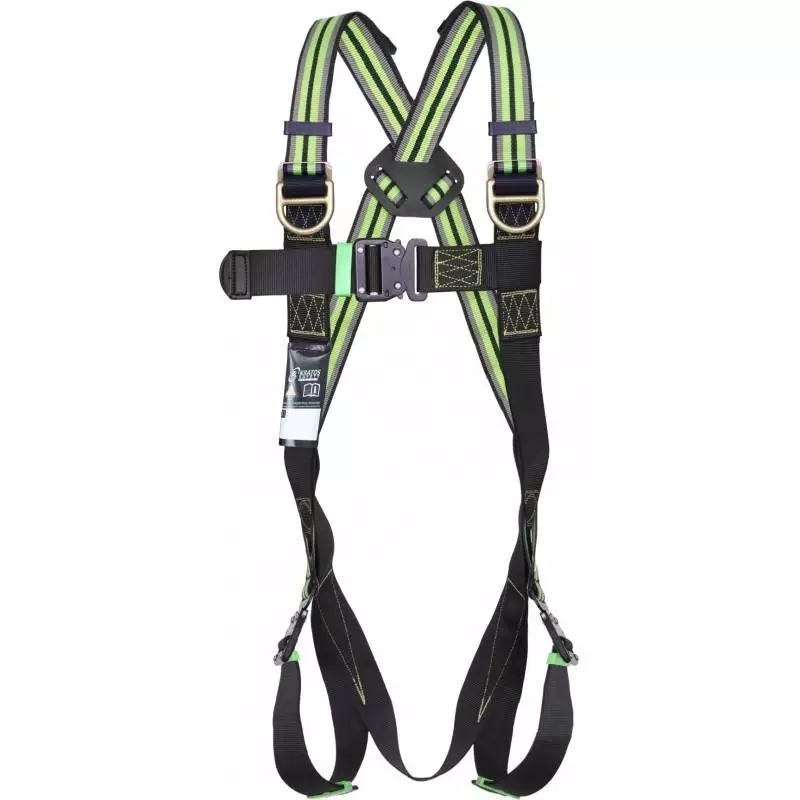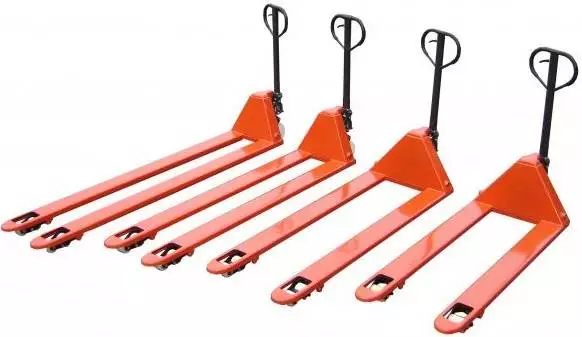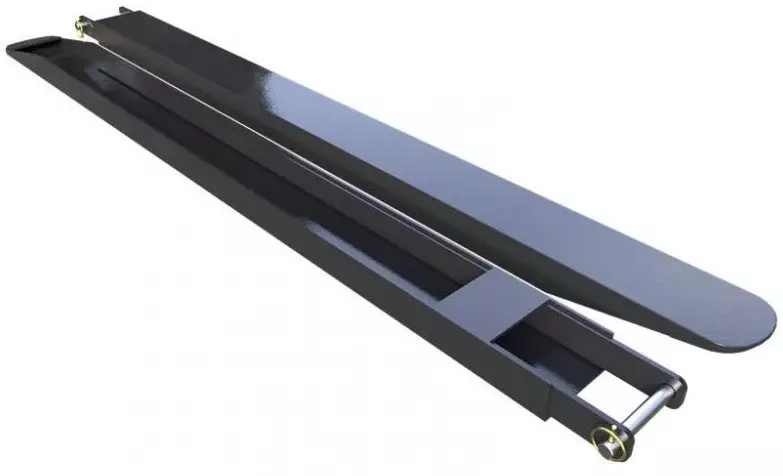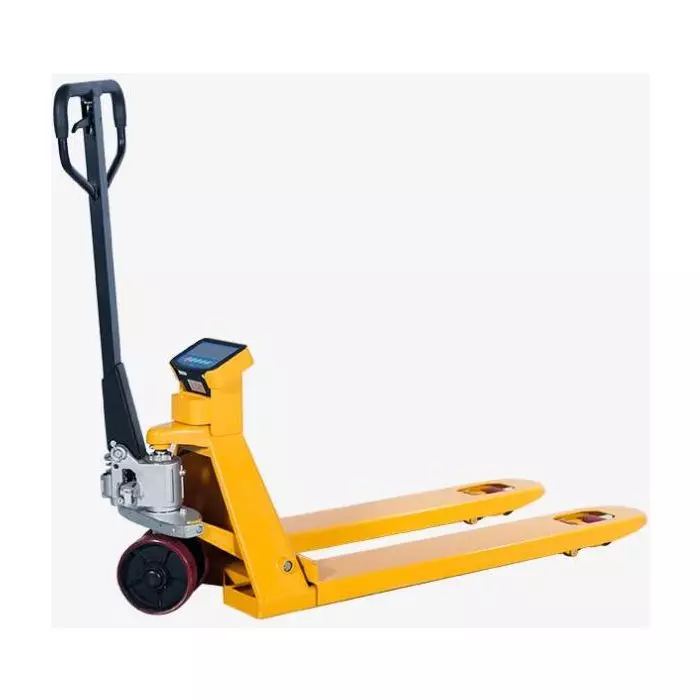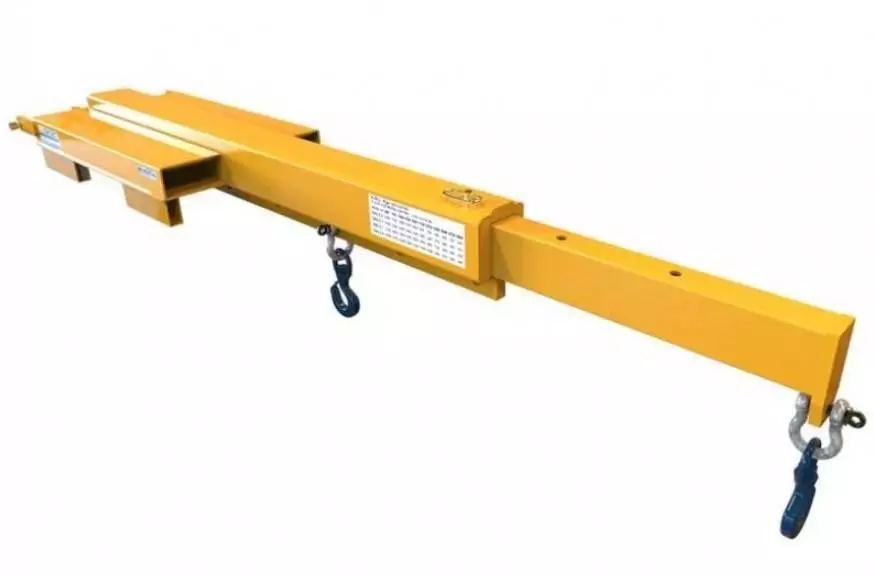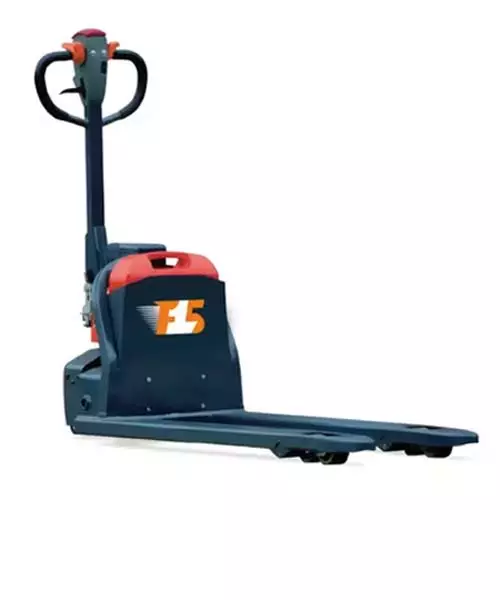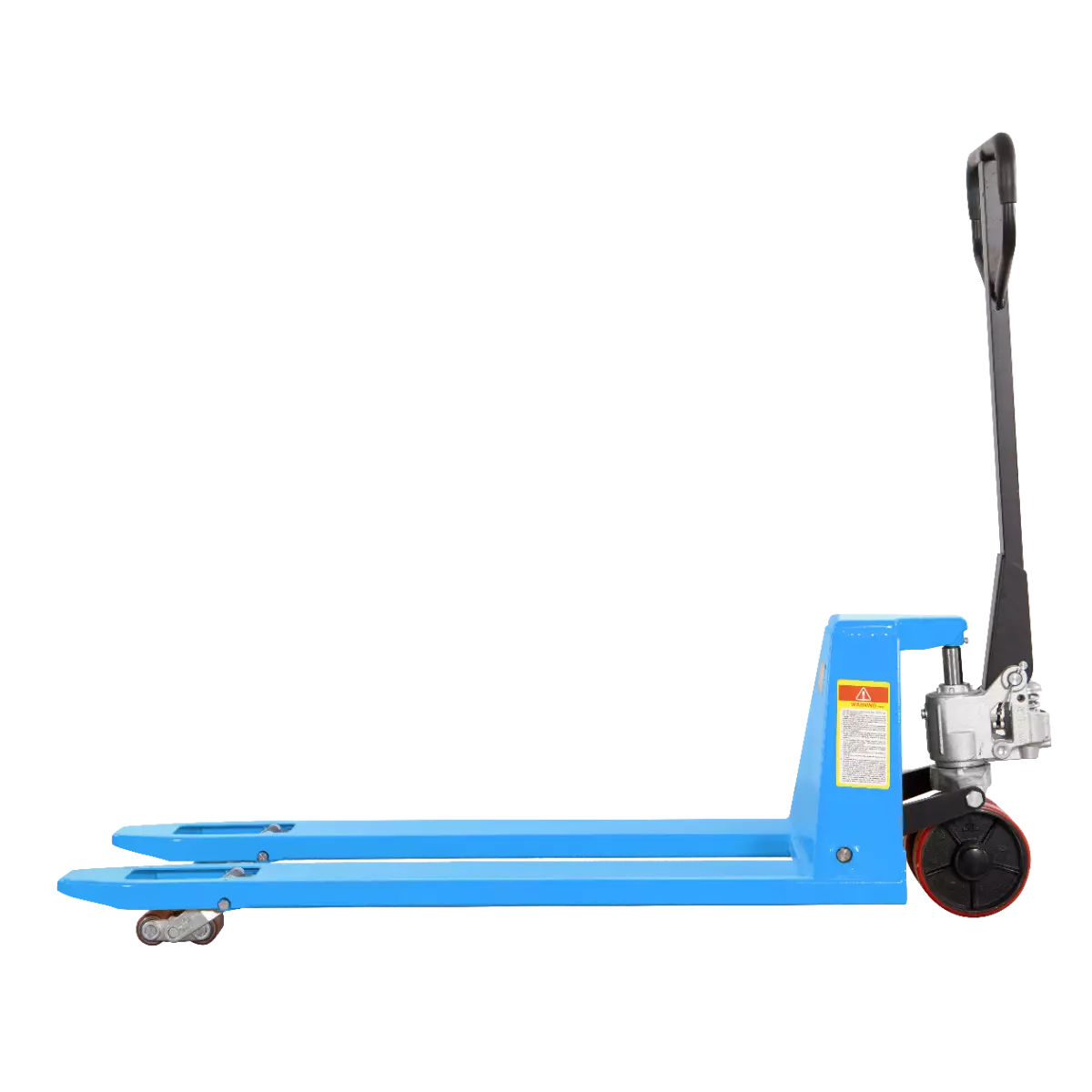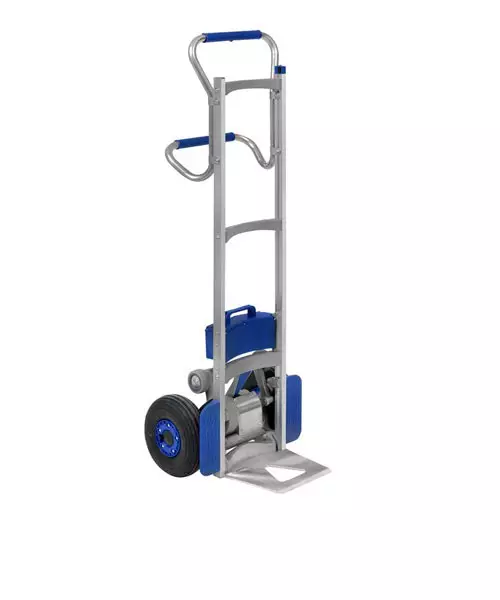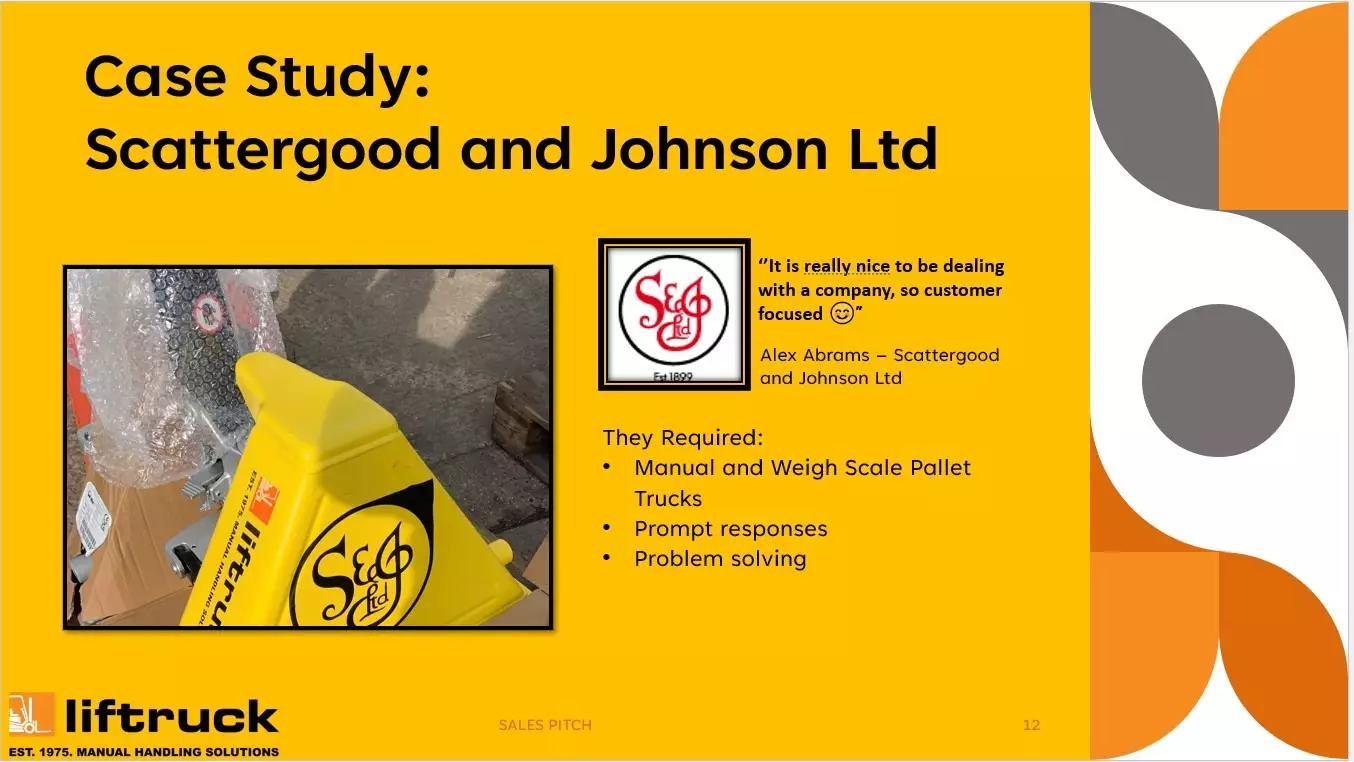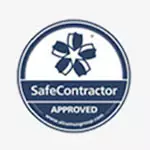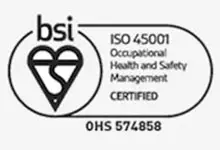How to Wear a Safety Harness
Wearing a safety harness correctly is crucial for ensuring personal safety when working at heights. Proper usage can prevent serious injuries or fatalities in the event of a fall. This guide provides step-by-step instructions on how to inspect and don a full-body safety harness.
Step 1: Inspect the Harness
Before each use, thoroughly inspect the harness for any signs of damage or wear:
- Check for frayed, cut, or torn webbing.
- Ensure all buckles and D-rings are not cracked or deformed.
- Look for missing or damaged grommets.
- Verify that all stitching is intact and not unraveling.
Do not use the harness if any defects are found. Replace it immediately to maintain safety standards.
Step 2: Hold the Harness by the Dorsal D-Ring
Grasp the harness by the dorsal D-ring (located at the back) and shake it gently to allow all straps to fall into place. This makes it easier to identify each part of the harness and ensures there are no twists in the webbing.
Step 3: Don the Shoulder Straps
Slip the shoulder straps over your shoulders as if putting on a jacket. Ensure that the D-ring is positioned in the middle of your back, between your shoulder blades.
Step 4: Secure the Leg Straps
Pull each leg strap between your legs and connect it to the corresponding buckle on the opposite side. Adjust the straps so they are snug but not tight, allowing for freedom of movement without compromising safety.
Step 5: Fasten the Chest Strap
Connect the chest strap and position it at mid-chest level. Tighten the strap to ensure it holds the shoulder straps in place without restricting breathing or movement.
Step 6: Adjust for a Proper Fit
Make final adjustments to all straps to achieve a snug fit:
- Shoulder straps should be adjusted to remove any slack.
- Leg straps should allow you to fit a flat hand between the strap and your leg.
- The chest strap should be tight enough to keep the shoulder straps centered but not so tight as to cause discomfort.
Ensure that the harness allows for full range of motion and does not impede your work activities.
Additional Tips
- Always follow the manufacturer's instructions specific to your harness model.
- Store the harness in a cool, dry place away from direct sunlight and chemicals.
- Regularly train and refresh your knowledge on fall protection and harness usage.
For more information on safety harnesses and other fall protection equipment, please visit our product page: Safety Harnesses at Liftruck UK.
Contact Us
If you have any questions or need further assistance:
- Email: info@liftruck.co.uk
- Phone: 0800 458 8025

